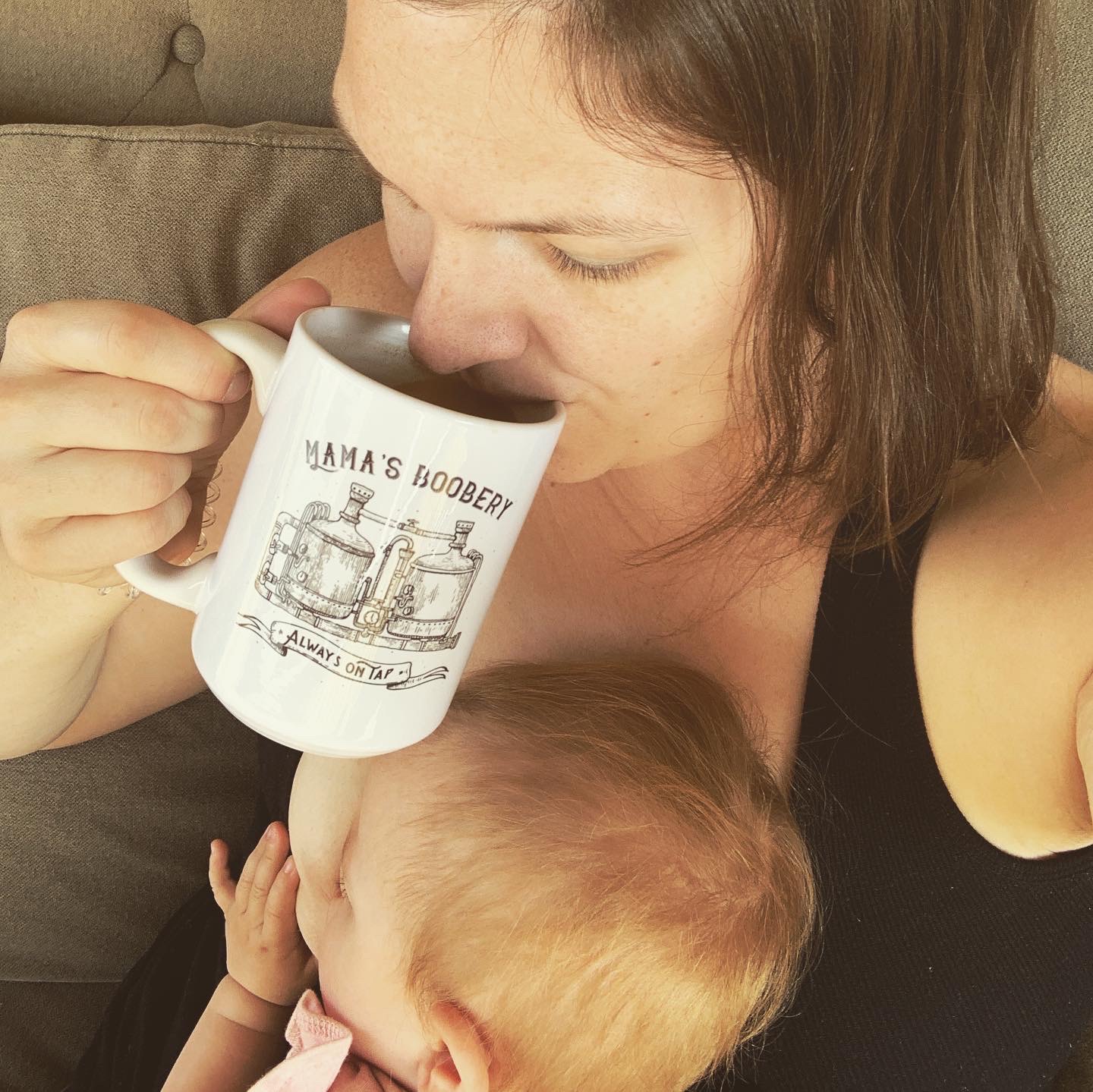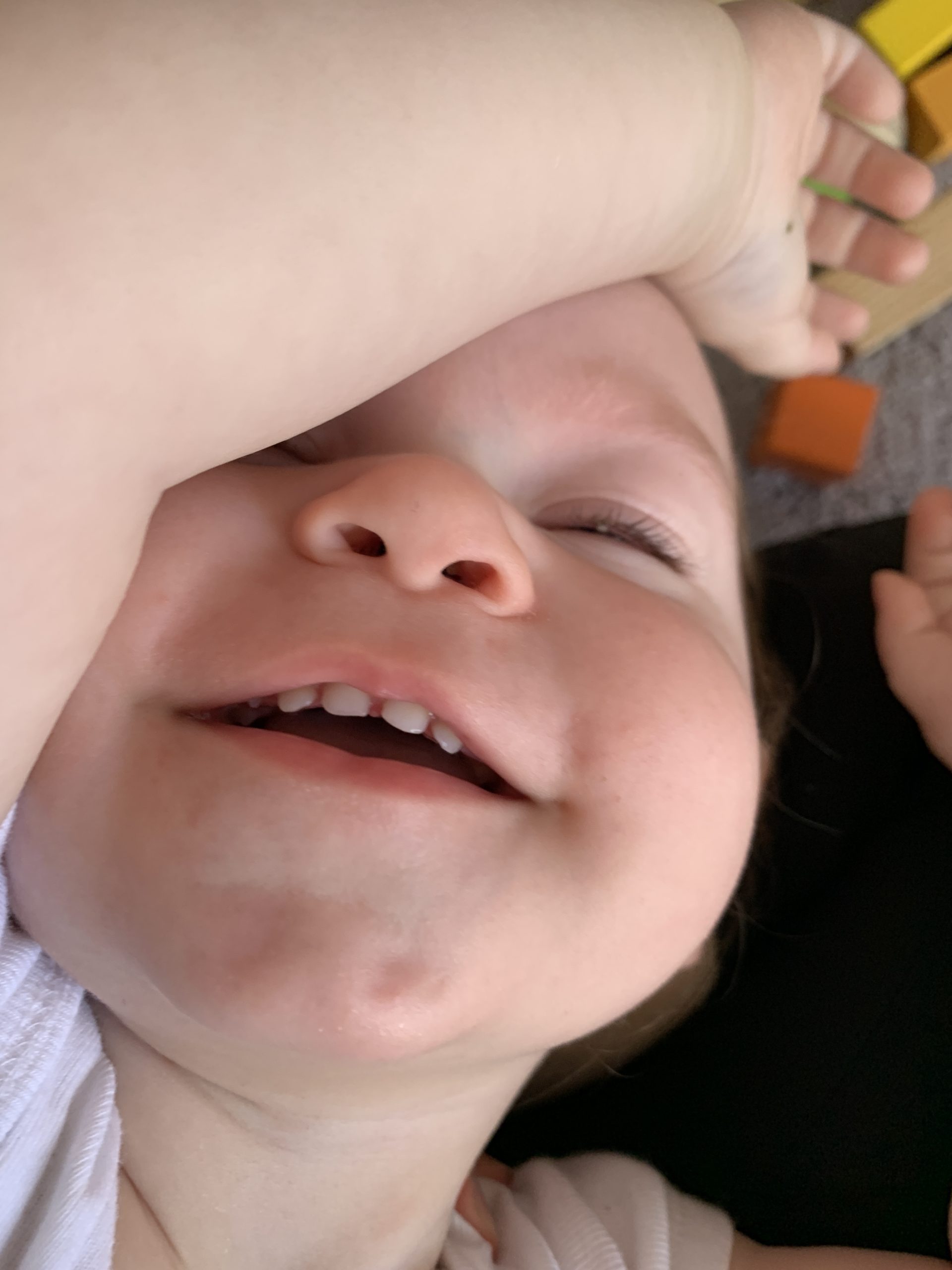Did you know that you will ALWAYS be able to make milk? You’ve had the milk making glands in your breasts since puberty. They’re like little empty clusters of balloons at the back of the breast. Pregnancy activates your milk making hormones, allowing the glands to expand and start filling with milk between 16-20 weeks gestation. In the early days after birth, the more stimulation the breast has (from feeding or pumping), the more the milk making glands and their corresponding hormone receptors multiply. The milk balloons fill and empty milk multiple times per feeding.
After at least 40 days of not expressing any milk, once you completely wean, your milk making balloons deflate and become dormant, like before pregnancy. But they aren’t dead. Pregnancy and breastfeeding hormones caused a permanent change in your body. Your milk making glands will FOREVER remember how to make milk. They can ALWAYS make milk again, no matter how long it has been. They just need enough of the right stimulation to turn on and start filling again. Some times years after breastfeeding a mother may feel the tingle of let down if she hears a baby cry. Or she may leak if her partner does enough nipple stimulation. There are grandmothers in other cultures who bring back milk to breastfeed their grandchildren! Our bodies are AMAZING!! Now you know!















